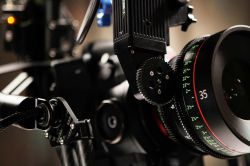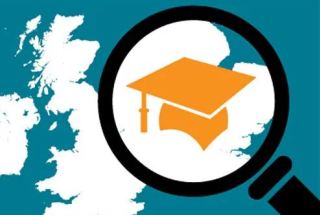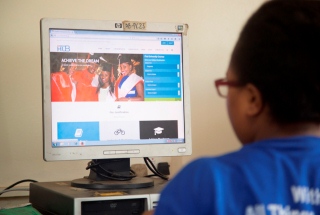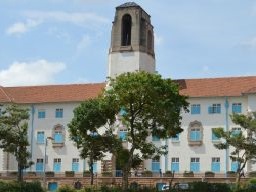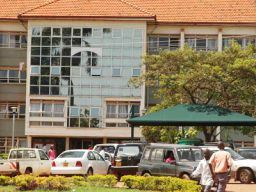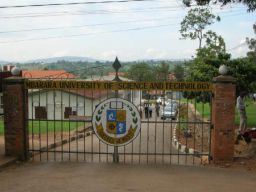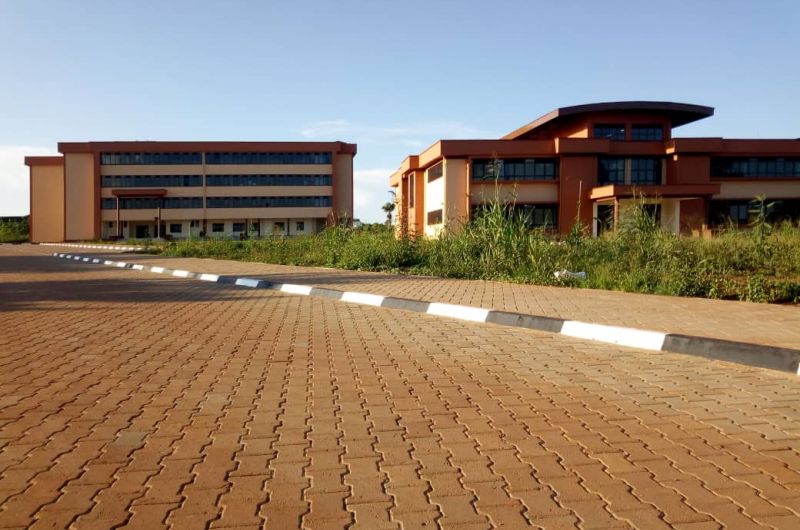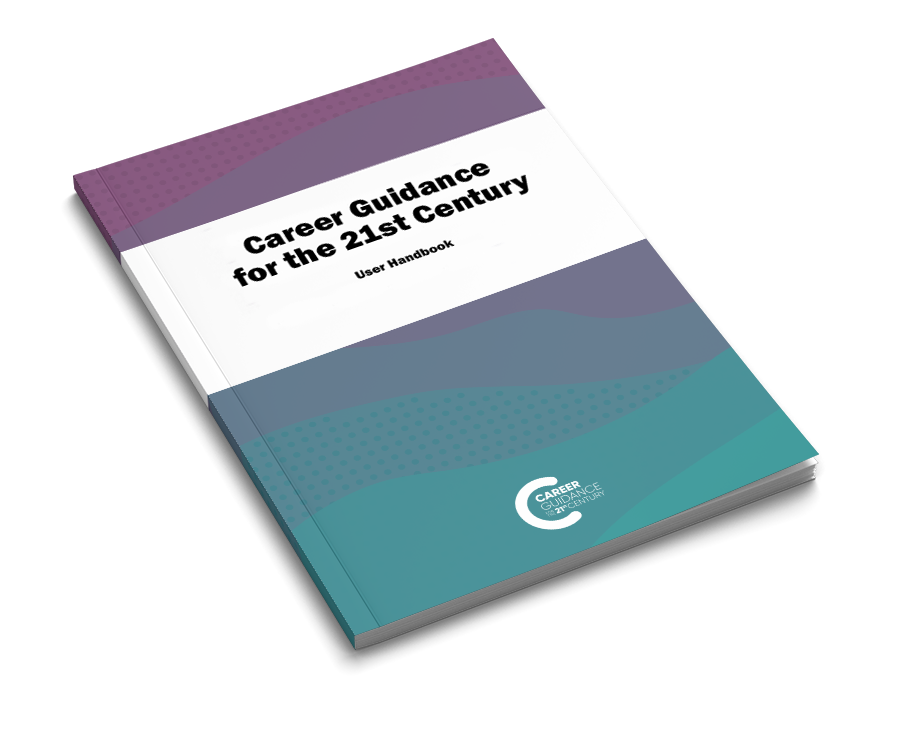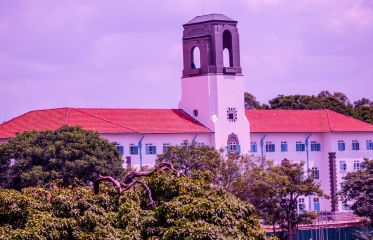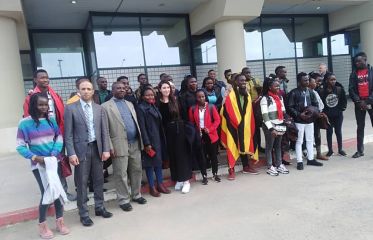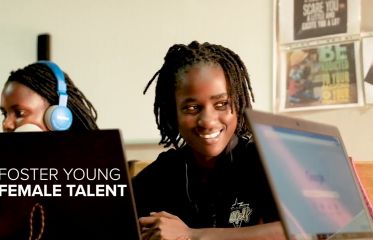Breaking News
- Flexible Remote Work Opportunity for University Students: Earn $100–$250 Per Month ...Read More
- Ministry of Education and Sports Azerbaijan Government Scholarships For 2025-2026 Academic Year ...Read More
- Government Sponsorship Undergraduate Admission Lists 2025-26 for Makerere University ...Read More
- Ministry of Education And Sports: Egyptian Government Scholarships 2025-2026 Academic Year ...Read More
- Ground Breaker Full Scholarship for girls to study Software Engineering 2025 July Intake ...Read More
- Tony Elumelu Foundation Entrepreneurship Programme (TEEP) 2025 for young African Entrepreneurs ...Read More
- DESIGNING FUTURES 2050 International Design Competition 2025 (€15,000 prize) ...Read More
- Ground Breaker Full time Scholarship for girls to study Software Engineering 2025 Intake ...Read More
- Ministry of Education And Sports Algerian Vocational Training Scholarships for 2024-2025 AY ...Read More
- Ministry of Education and Sports Advert for the Algerian Government Scholarships for 2024-2025 ...Read More
Uganda Engineer modified the Boeing 787 Dreamliner
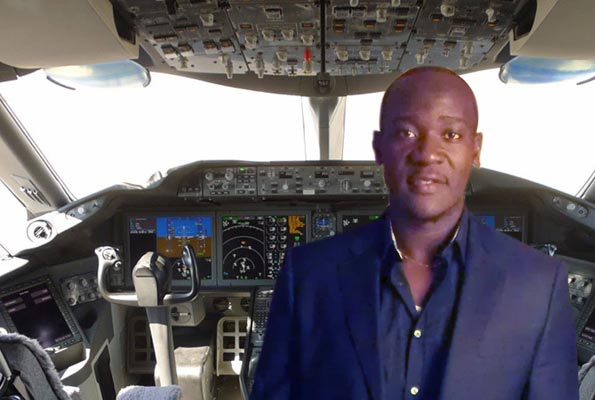
They say Lady Luck is a fickle mistress. When she smiles on you, you had better rise up to the occassion and walk towards success; she rarely gives second chances.
In other words, when opportunity strikes, instead of sitting on your laurels, marveling at the fact that you have been chosen, you have to work hard to achieve your goals in life.
Once Ronald Lwasa grasped this concept, nothing has stood in his way when it comes to believing in his abilities.
Lwasa is a Ugandan inventor who has worked with American aerospace companies, Gulfstream Aerospace Corporation and The Boeing Company.
In 2008, Lwasa invented the tailcone muffler of the 787 Boeing Dreamliner.
It is what covers the hole in the back of the plane, just below the tail, where the body of the plane ends in a cone. It works as an exhaust outlet to minimise the noise levels.
Early beginnings
“I credit my mother with motivating me into the field of aerospace engineering,” says the 33-year-old.
“Mom started it all when she planned my elder brother’s move to the US.”
In 1988, Lwasa accompanied his brother to Entebbe International Airport for a flight that would take him to the US.
“It was my first time to see a plane. I remember it was a Uganda Airlines plane. I was with my mother and I recall her telling me that if I studied hard enough, I would become like the pilots flying the planes,” he says.
From that moment, the six-year-old boy fell in love with planes. As he grew up, his mother continued to fuel his dream.
“I wanted to become an engineer. At home, I was always creating toy models from discarded scrap. Mom always told me that I can do anything I set my mind on and dedication to.”
But despite his dream, and his love of sciences, the education he was getting at Makerere College School did not convince him, deep in his heart, that it would make him become an engineer.
In 2002, however, opportunity came calling when his brother petitioned for a Green Card for him. This was after his UACE (Senior Six) examinations.
In the US, his brothers and sisters contributed to his tuition at Auburn University where he studied an undergraduate course in Aerospace Engineering.
Later, he attended Columbia University where he received a postgraduate degree in Structural Engineering.
Inventing a tail cone muffler
He rose through the ranks to hold a patent on the tail cone muffler of the Boeing 787 Dreamliner.
“The tail cone muffler is the very last part of the aeroplane,” he says. “It reduces noise coming from the auxiliary power unit. It also acts as an exit conduit.”
The muffler that Lwasa invented is designed to take high temperature because of its special prebuckled curvature shape.
Conical in shape, it has a backing cavity with a large forward end and a narrow aft end. It contains a porous exhaust liner whose first end is attached to a gas turbine engine while the other end discharges pressurised air into the atmosphere.
“In the process of designing the Dreamliner, my assignment was to work on the propulsion structure, mainly focussing on nacelles and the tailcone muffler,” says Lwasa.
A nacelle is a form of housing that holds engines, fuel, and other equipment on an aircraft.
“Previous tail cone designs had thermal buckling failures due to the high temperature of exhaust gases. I had to come up with a better material and design that could take these care of those high temperatures. It took me close to nine months to get a viable design.”
In 2008, the design was tested and met the objectives and standards set by The Boeing company. Lwasa registered his patent with the United States Patents and Trademark Office (USPTO).
Other work
The aerospace and structural engineer has also worked with Gulfstream Aerospace Corporation. Between 2012 and July 2015, Lwasa worked on the G500, G300, and G400 as a consultant for system structural strength.
“My work was to ensure that both the power plant and the environmental control system were structurally sound to take applied loads with maximum performance.”
The power plant provides and distributes fuel to the aircraft engines. Without fuel in the engine, there is no performance.
“The environmental control system ensures that environmental conditions are acceptable to both human beings and the aircraft structure. High temperatures cause fires, and undersize pressure ducts can explode and cause failures.”
Lwasa has been rehired at The Boeing Corporation as a consultant structural analyst on the Boeing 777. His work is to analyse designs to ensure structural strengths, and their ability to handle thermal heat, vibration, and pressure loads.
Inspiring technology students
Africans are often portrayed in the international media as lacking the ability to engage in the field of inventing, or even technology. Lwasa disagrees with this portrayal.
“I think it has a lot to do with our self-esteem. Africans are brilliant but we are restrained by our education systems which do not encourage innovation.”
African society and culture, are designed for survival, which stifles the innovative spirit. People do not want to risk their savings on innovations that might not work out.
“In Africa, people study to get better grades, go to the best schools and get good jobs. This is the opposite of what people in the Western world do. People here study for passion and with the available resources; they inevitably come up with new ideas all the time.”
Lwasa believes technological innovation is the only way forward for Africa.
“Technology is a great weapon, when it comes to fighting poverty. Africa must catch up with the rest of the world. Students need to break the barriers and study engineering and other technological subjects.”
Of late, Uganda has been making advances in the field of innovation. Last year, technology students at Makerere University assembled an electric car, Kiira EV.
“That was a good job,” says the inventor. “But there is a difference between inventing and assembling. These students assembled already existing components and systems to change or improve an existing design.”
However, Lwasa hopes that the government can provide more funds and research grants to the College of Engineering, Design, Art and Technology to encourage innovation.
“Those students should not give up, not even when people look down on their work. They should share their ideas. All good designs have been rendered foolish until some point when they are appreciated.”
Government gave the Makerere University students some money for their Kiira EV innovation.
He also advises the youth to work hard and avoid shortcuts in life. “Pay your dues in life, and most importantly, have God as number one.”
Source : http://www.monitor.co.ug/artsculture/Reviews/Proud-boeing-part-name/-/691232/2887766/-/v6m5v8/-/index.html
Top Courses Currently Admitting
-
Diploma in Entrepreneurship and Business Management
Management and Training Advisory Center (MTAC)
-
Bachelor of Early Childhood Care and Development
Nkumba University
-
Bachelor of Office Management and Secretarial Studies
Nkumba University
-
Bachelor of Human Resource Management
Makerere University Business School















